When summer arrives, the thought of a cool, refreshing slice of watermelon often brings a smile to our faces. This sweet and juicy fruit is not only a symbol of summer but also a delightful treat that can satisfy our thirst and provide essential nutrients. However, enjoying a perfectly ripe watermelon requires more than just picking one off the vine or shelf. Knowing how to determine if a watermelon is ripe involves a combination of visual inspection, auditory assessment, and tactile evaluation. In this article, we will explore various methods to ensure you select the best, most flavorful watermelon for your summer delight.
Visual Inspection: The First Line of Defense
One of the most straightforward ways to gauge the ripeness of a watermelon is by looking at it. While this method may not provide definitive proof, it can certainly narrow down your choices and help you avoid obviously unripe or overripe fruits.
Color: The exterior color of a watermelon can vary depending on the variety, but most commonly, ripe watermelons have a dull, matte finish rather than a shiny appearance. For instance, dark green varieties should have a uniform color with no large patches of lighter green or yellow. The yellowing of the spot where the watermelon was resting on the ground (the “belly” of the watermelon) is a good sign of ripeness, indicating that the fruit has been on the vine for a sufficient amount of time to mature.
Shape and Size: A ripe watermelon tends to be symmetrical and evenly rounded, with no odd bulges or flat spots. Size can vary depending on the variety, but generally, a larger watermelon is more likely to be mature and have developed fully. However, don’t be fooled by size alone; a small watermelon can still be ripe if it meets other criteria.
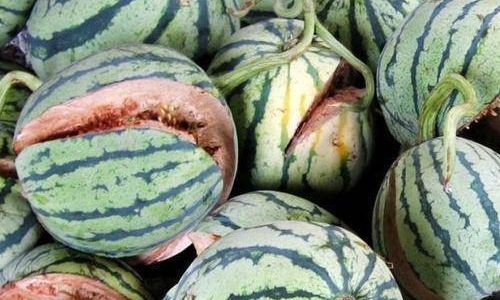
Vines and Stem: The vine attached to the watermelon should be dry and brittle, not fresh and green. A dry vine indicates that the watermelon has been on the vine long enough to ripen. Additionally, the stem should be easily removable without leaving a large chunk of the flesh attached. If the stem is still green and fresh, it might suggest that the watermelon was harvested prematurely.
Auditory Assessment: The Thump Test
One of the most well-known methods for checking watermelon ripeness is the thump test. This involves gently tapping or thumping the surface of the watermelon and listening to the sound it produces.
The Sound: A ripe watermelon should produce a deep, hollow sound when tapped. This resonant noise indicates that the flesh inside is juicy and has the right consistency. Conversely, an unripe watermelon will often sound dull or solid, lacking the hollow echo. An overripe watermelon might sound too mushy or sloshy, suggesting that the flesh has begun to break down.
Technique: To perform the thump test effectively, use your knuckles and apply a consistent amount of pressure. Listen carefully to the sound and compare it to other watermelons if possible. Practice makes perfect, and over time, you’ll develop a better ear for distinguishing between ripe and unripe fruits.
Tactile Evaluation: Feeling the Fruit
Touching a watermelon can provide additional clues about its ripeness, though this method should be used in conjunction with visual and auditory assessments.
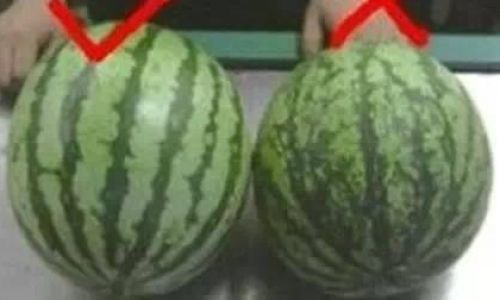
Firmness: A ripe watermelon should feel firm but not overly hard. Press gently on the surface, and it should yield slightly without feeling soft or mushy. An unripe watermelon will be too hard and unyielding, while an overripe one might feel too soft or even have soft spots.
Weight: Heft the watermelon in your hands. A ripe watermelon should feel heavy for its size, indicating that it is full of juicy flesh and water. A lighter-than-expected watermelon might be underripe or have less flesh due to poor growing conditions.
Additional Tips: Beyond the Basics
While visual inspection, auditory assessment, and tactile evaluation are the primary methods for determining watermelon ripeness, there are a few additional tips that can enhance your selection process.
Field-Ripened vs. Store-Bought: Watermelons that are allowed to ripen on the vine tend to be sweeter and more flavorful than those harvested early for shipping and storage. If possible, seek out locally grown, field-ripened watermelons for the best taste.
Variety Knowledge: Different watermelon varieties have unique characteristics. Familiarize yourself with the specific traits of the varieties you’re interested in, as they can vary in color, size, shape, and texture.
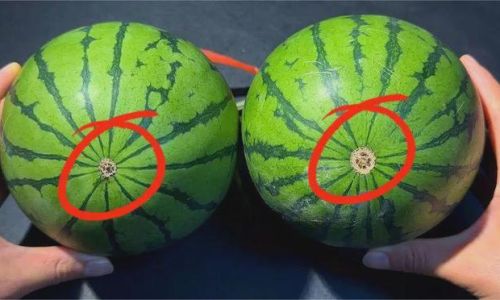
Seasonality: Watermelons are a summer fruit, and their peak ripeness usually coincides with the hottest months. Purchasing watermelons during their seasonal peak will increase your chances of finding ripe, delicious fruits.
Conclusion
Choosing a ripe watermelon is an art that combines observation, listening, and touch. By carefully inspecting the fruit’s color, shape, and vine; performing the thump test to listen for the right sound; and feeling for the perfect firmness and weight, you can select a watermelon that is sure to delight your taste buds. Remember, practice makes perfect, and with each watermelon you pick, you’ll gain more experience and confidence in your selection skills. So, this summer, don’t settle for less than a perfectly ripe watermelon – your taste buds will thank you!

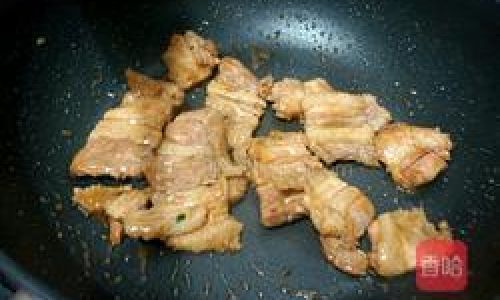
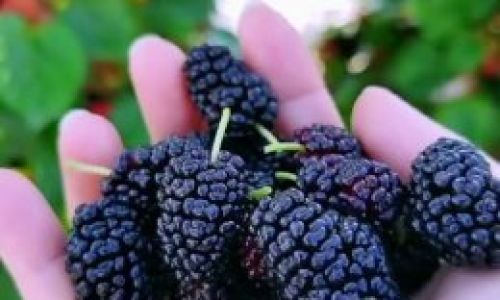
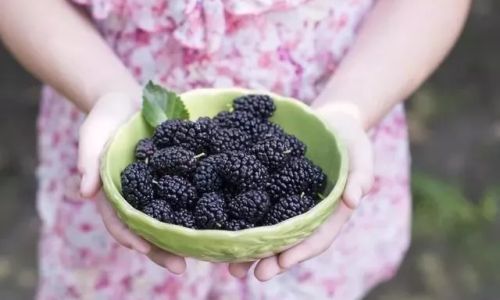
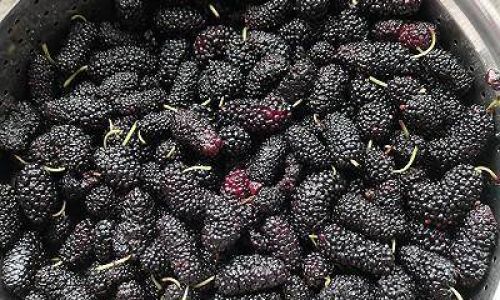
0 comments